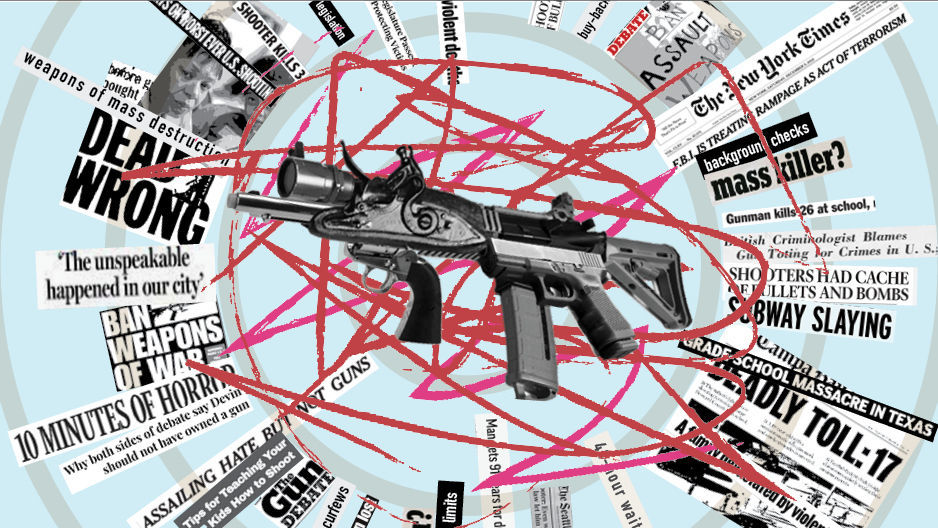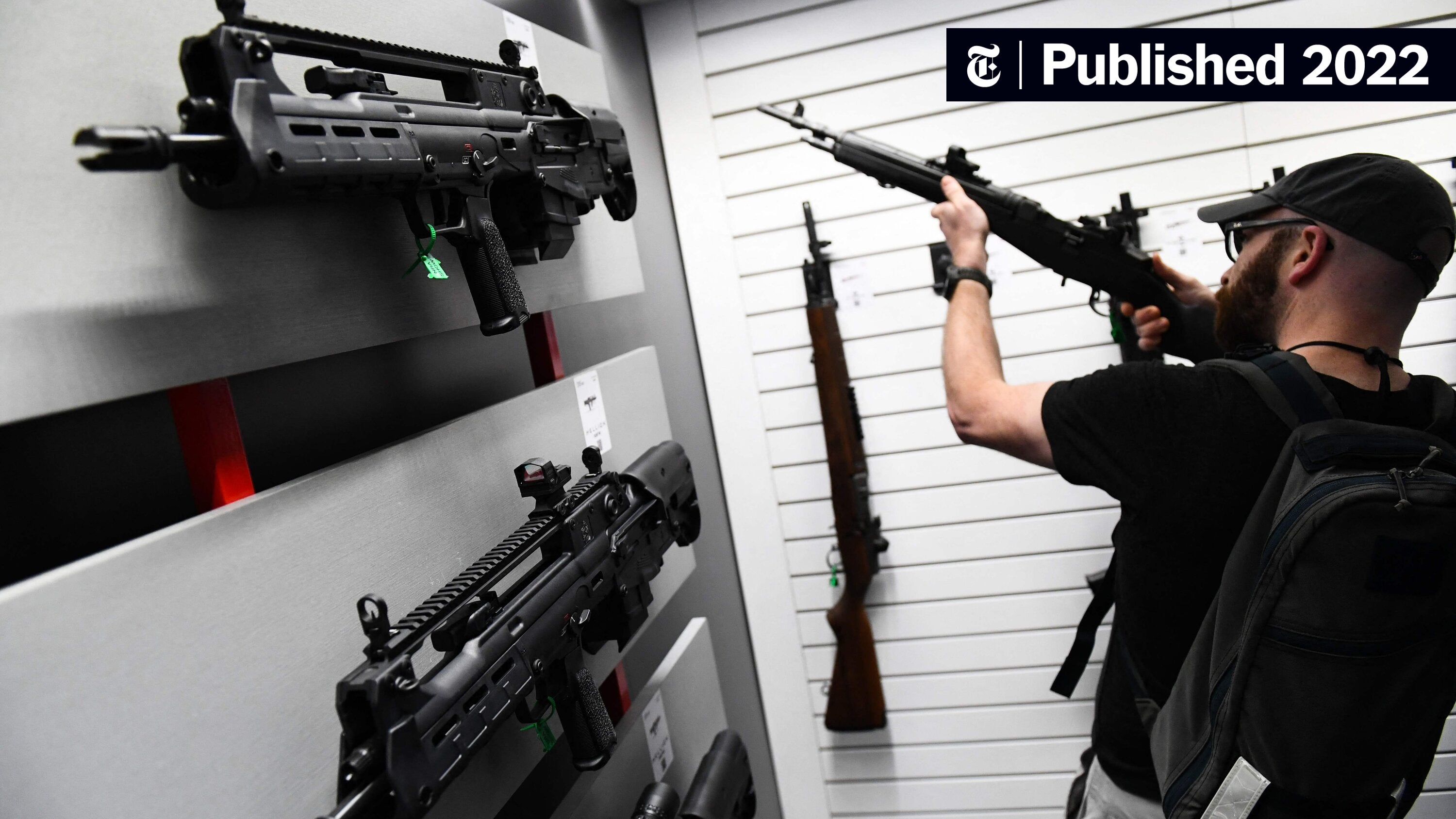Alright, buckle up, folks, ’cause I’m about to spill the beans on my “running guns” adventure. No, not literally! We’re talkin’ ’bout running those awesome generative models, specifically Stable Diffusion, on my rig.

The Setup: First things first, I needed a decent machine. My trusty old PC was wheezing just trying to open Chrome, so I bit the bullet and upgraded. Snagged a rig with a beefy NVIDIA RTX 3080. Yeah, it hurt the wallet, but hey, gotta invest in the craft, right?
Diving into the Code: Next up, the software. I decided to go with Automatic1111’s Stable Diffusion web UI. Heard it was pretty user-friendly, even for a dummy like me. Getting it installed was a bit of a pain, gotta admit. Python environments, Git, all that jazz. I basically followed a YouTube tutorial step-by-step. Paused it like every 5 seconds.
Model Acquisition: Now, gotta feed the beast! Downloaded the official Stable Diffusion checkpoint file (*, if I recall correctly). Then, I started exploring other models and LoRAs. Found some cool anime-style ones, and even a photorealistic one that was kinda scary good.
Prompt Engineering: This is where things got interesting. Figuring out what to type in to get the image I wanted. Started with simple stuff like “a cat wearing a hat.” Then got more complex: “a cyberpunk cityscape at night, neon lights, Blade Runner style.” It’s all about trial and error, tweaking the prompts, adding keywords, playing with negative prompts (things you don’t want in the image).
The Results: Some images were complete garbage. Mutant cats with three eyes, buildings that defied gravity. But every now and then, bam! A picture that blew my mind. I mean, seriously, this thing is magic. Spent hours generating images, just messing around. It’s addictive, I tell ya!

Fine-tuning & Tweaking: Started playing with different samplers (Euler a, DPM++ 2M Karras, whatever those mean), CFG scales, and seed values. Learned that even small changes can have a HUGE impact on the final image. It’s like cooking – a pinch of this, a dash of that.
Upscaling: Once I had a good image, I wanted to make it bigger and sharper. Tried a few different upscalers (RealESRGAN, LDSR). RealESRGAN seemed to give the best results for most images, made those pixels pop.
The Learnings:
- Patience is key. This stuff takes time, both to generate and to learn.
- Experimentation is crucial. Don’t be afraid to try new things, break things, and see what happens.
- Join the community. There are tons of helpful forums and Discord servers where you can ask questions and learn from others.
- My electric bill is gonna be HUGE!
Next Steps: I’m thinking of trying to train my own LoRAs. Got some ideas for a specific art style I want to replicate. Also wanna explore video generation. Who knows, maybe I’ll make my own AI-generated movie someday!
The End (for now): So that’s my “running guns” saga. It’s been a wild ride so far, and I’m just getting started. Generative AI is gonna change the world, and I’m excited to be a part of it. Now, if you’ll excuse me, I gotta go generate some more art!
